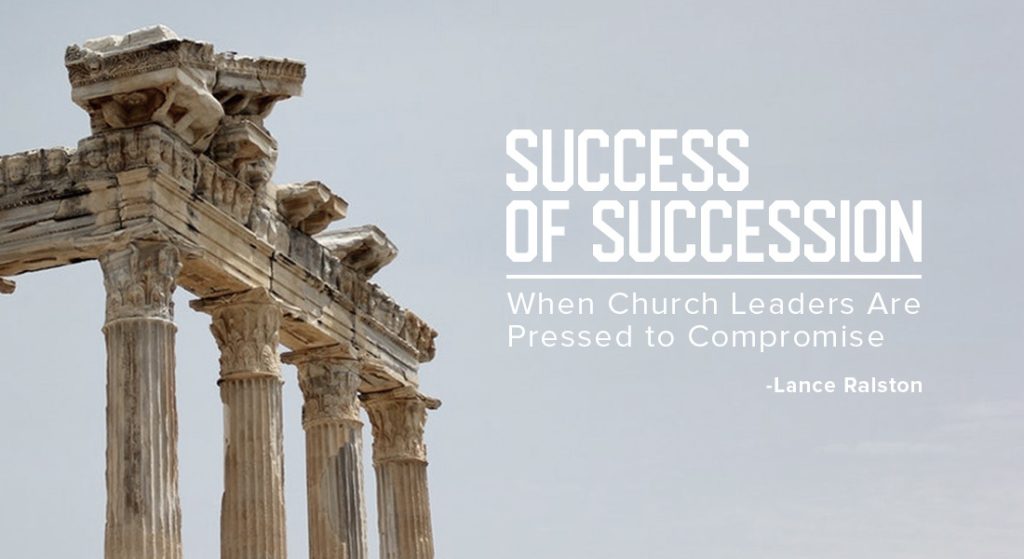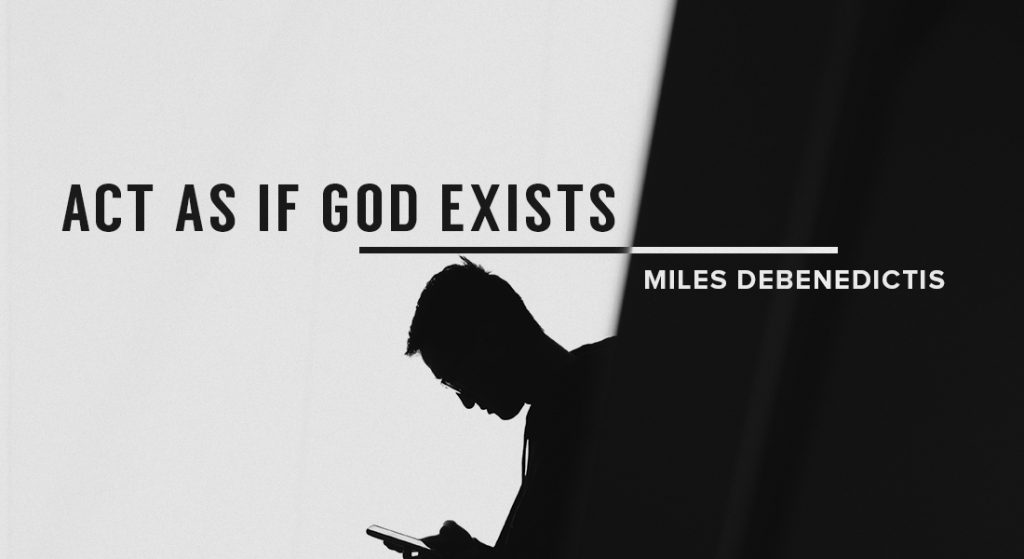Repeating from Part 1 …
In August of 2023, several articles appeared in various online news sources propagating the idea that not only was Jesus not who historic Christianity claims He is but that He did not exist at all. The articles appearing on different sites and written by different authors shared the same information. A disinformation campaign was at work.
What follows is a brief rebuttal to the articles. Each of them presented five assertions in the idea that the Jesus of the New Testament never existed. After a seven-paragraph introduction laden with reasons readers could trust the veracity of the scholars putting forth this new narrative, five supposed “historical truths” were presented.
We dealt with the first two arguments in Part 1. They were …
1. Scarcity of secular evidence from the first century to support Jesus’ existence
2. Ignorance of Jesus’ details in the earliest New Testament writings
In Part 2 we refuted the Assertions –
3. Lack of first-hand accounts in the New Testament stories
4. Inconsistencies among the gospel accounts
Now, the fifth argument against eh Historicity of Jesus.
5. Diverse depictions of the real historical Jesus by modern scholars
Assertion: Scholars who claim to have unveiled the real historical Jesus present divergent portraits, including a philosopher, Hasidic figure, Pharisee, rabbi, revolutionary, and pacifist. This variety underscores the complexity of the discussion. The question of what truly set Christian history in motion remains a puzzle, with only the passage of time holding the key to unraveling it.
Refutation: Wait a minute. Back the truck up, Fred.
Why are we now presented with a “historical Jesus” when the original idea of the article is that Jesus in any form never existed? The article backs from that position because of the towering impact Jesus has had ON HISTORY. That impact is far more than any other person.
So we are back to the idea of the Misunderstood Jesus, the Moralist Jesus, the Reformer Jesus, etc.. One group of skeptics even calls Him a “Pharisee” though the Gospels present Him as anything but that.
None is so blind as he who will not see.
The last sentence of Assertion 5 is telling. There is no puzzle, no mystery to why Christianity exploded out of Jerusalem to spread so rapidly over Europe, North Africa, and Asia. Jesus’ resurrection filled His followers with a zeal to share His message no obstacle could stop, and no threat could quench.
More time is NOT needed to unravel the mystery of The Gospel’s appeal. That appeal is affirmed by the HISTORIC testimony of billions of men and women transformed by the truth and grace of God.
Refuting the Introduction
We turn now to the Introduction common to several of the articles. It began with …
Throughout the academic community, there exists a prevailing notion among antiquities scholars that the New Testament gospels present a form of mythologized history.
By using words like, “throughout” and “prevailing,” the author seeks to convince readers what follows is the settled consensus of scholars. The implication is, those who really know, KNOW that the Jesus of Christianity never existed. The paragraph goes on to say there may have been a “controversial Jewish rabbi” named Jesus, but what Christians came to believe about him is pure myth.
The author then uses a frequent trope, that these myths are echoed in other ancient Middle Eastern religious themes. While in broad outline, similarities do appear between aspects of the Jesus story and ancient myths, those similarities disappear the moment you get into details. The differences far outweigh the similarities.
Are we to conclude because Jesus and some pagan god are said to have been born, Jesus is a myth? The same is true of the resurrection. Jesus rose. So did Tammuz. Does that mean Jesus’ resurrection is a myth? All one has to do is compare the birth or resurrection of pagan deities to the accounts of Jesus to realize they are far more dissimilar than similar.
The author writes …
While the idea that Jesus never existed is a minority stance, it remains a notable perspective. David Fitzgerald, the author of Nailed: Ten Christian Myths That Show Jesus Never Existed at All, highlights the historical context of most scholars who, at some point, were Christians themselves. Today, even secular scholars often emerge from religious backgrounds, which can influence their historical presumptions.
The author moves from journalism to opinion when he says the contention Jesus never existed at all is both a “minority stance” and a “notable perspective.” It is a minority view among scholars precisely because the evidence militates strongly against it. So, what makes it “notable?”
As for this minority of scholars who hold the view there was NO Jesus being one-time Christians, why no reference to the much larger number of scholars who began as skeptics but came TO faith in Christ because of the evidence.
After naming two prominent “Jesus Myth” theorists, the author dares to say, “It’s worth noting that some staunch critics of the popular Jesus Myth theories are academic Mythicists themselves.” Meaning scholars whose specific field of study is Myth reject the “Jesus Myth” theory precisely because the Gospels that tell Jesus’ story are not presented as myth. They bear none of the hallmarks of classic pagan myths, which they most certainly would have if they’d been mythic. The Gospels are in the form of narrative history.
Skeptics and critics have never been averse to re-labeling inconvenient facts as fiction. With this latest attempt to do away with The Gospel, they have re-labeled fiction as fact.

Lance is the founding and lead pastor of Calvary Chapel Oxnard where he has served since 1982. Lance & David Guzik co-pastored the church for six years before David planted a church in a nearby community.
Lance & his wife Lynn were married in 1980 and have three adult children and five grandchildren. Lance loves teaching the Bible, History, and Leadership. He holds Masters-of-Arts in Biblical Studies and Ministry.
Lance serves as a chaplain for both the Oxnard and Port Hueneme Police Departments and enjoys backpacking, wood-working, working out, gardening, home improvement projects, reading, and graphic design.
The popular Communio Sanctorum: History of the Christian Church podcast can be found in both audio and video at the Into His Image website along with a growing inventory of Lances teaching.





Thanks, Lance – good stuff. These are good thumb print responses to the challenges that are raised. It’s good for the Church to get these things under their belts so that they can give an answer to those struggling in these areas after reading the literature to which you are referring.